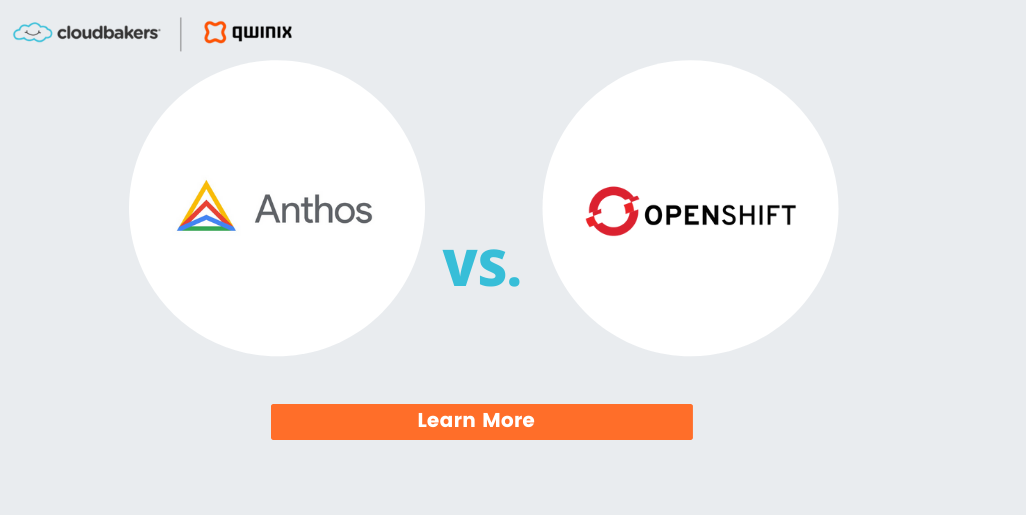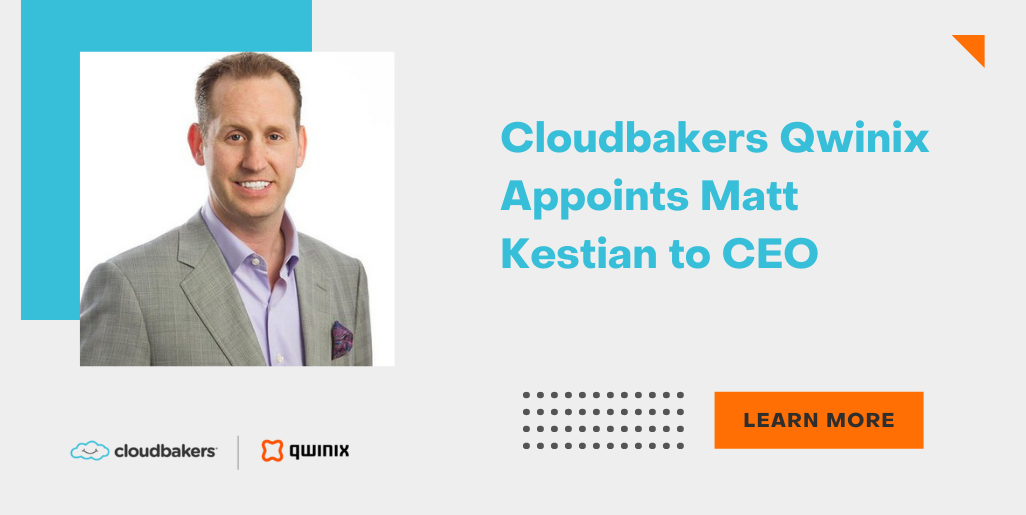One of the most exciting announcements during Google Cloud Next ‘21 was the integration between Google Cloud’s Looker and Salesforce-owned Tableau. The Looker and Tableau integration will make data analysis and visualization more accessible to businesses across the board.
Making business decisions driven by data is essential to compete in the market today. Companies like Google and Salesforce understand that there is an ever-growing need for users to have fast and easy access and a variety of capabilities to analyze that data. They are now working together to make that happen.
What Are Looker and Tableau?
Looker and Tableau are both tools that allow companies to make sense of their data to move forward with informed business decisions based on data analysis. While this is the core similarity the two platforms share, they both have some essential differences that have left users of each platform needing just a bit more.
“Most companies are integrating to the Cloud,” explained Jesse Kinsella, a Cloudbakers | Qwinix Looker Developer. “Looker is designed for handling Cloud technologies better, while Tableau will read the results of the model file created with LookML and provide users with a rich data visualization experience.”
Alone, Looker is a cloud-based platform, while some tools in Tableau require the software to be downloaded directly to the desktop. Specifically, publishing data sources in Tableau requires desktop installation, while end-users and visualization developers can still technically create visualizations without the Tableau installed in their desktop locally. Using Looker requires some SQL knowledge and the use of LookerML, which is Looker’s unique modeling language. This is a skill set not all users have. On the other hand, Tableau is very intuitive and designed for users to jump in and create dashboards and data visualizations without SQL experience.
Essentially, the two platforms integrating provides users with the best of both worlds.
Looker + Tableau 101
Tableau users will now be able to access Looker’s semantic layer and multi-cloud capabilities, while Looker users will be able to access Tableau’s in-depth visualization layers. All around, regardless of which core platform a business uses, data analysis will be more accessible and easier to visualize and collaborate on.
More specifically, Looker provides Tableau users with the ability to separate analytics engineering and metrics processes from reporting processes. The data modeling layer offers powerful methods for centralizing data. This layer also provides the ability to clearly define business rules that are accessible to all users and downstream processes. Tableau provides a set of tools to create easy-to-understand data visualizations.
“Tableau has been a leader in the data visualization space. However, I’ve worked with many users in the past who have had data problems because of the platform’s limitations. This integration with Looker will solve a lot of those problems,” said Jesse.
The Best of Both Worlds
The Looker and Tableau integration provides users of both platforms with the best of both worlds —- allowing each access to some of the core tools of the other.
“This integration is so important because it removes a lot of the legwork from being the user’s responsibility,” said Jesse. “You don’t have to be someone who is up to speed on SQL to use either now. It can now be curated for you.”
Tableau has a very intuitive, feature-rich interface. Users can now connect to and use their data effectively, regardless of which core platform they use. This allows for data scaling based on a company’s evolving needs and goals.
Start Visualizing and Analyzing Your Data
Check out Tableau, and learn more about its integration capabilities.
Get started with Looker by scheduling a free consultation today.



